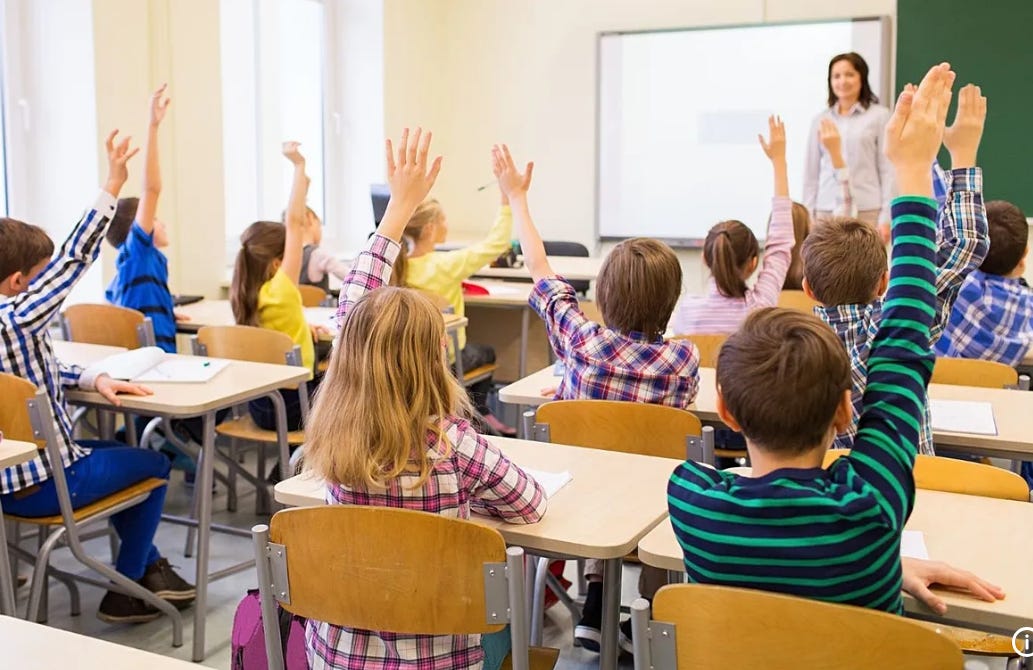The hope is that students will be able to use the skills they learned in school to identify that content in an AI-generated video could potentially be “off”. To confirm that suspicion, students would check another source to verify whether that video was truthful or not.
“The surface technology [of AI] which is developing at high speed, doesn’t take away the need for basic critical understanding of how media works,” Leo Pekkala added.
Children will also learn some signs that a video, picture, or audio clip is fake, for example if it generates a “really emotional reaction,” Penttinen added.
Despite the risks, she added that children need to learn “how AI works and [how] the companies are developing it”.
Read more | EURO NEWS

